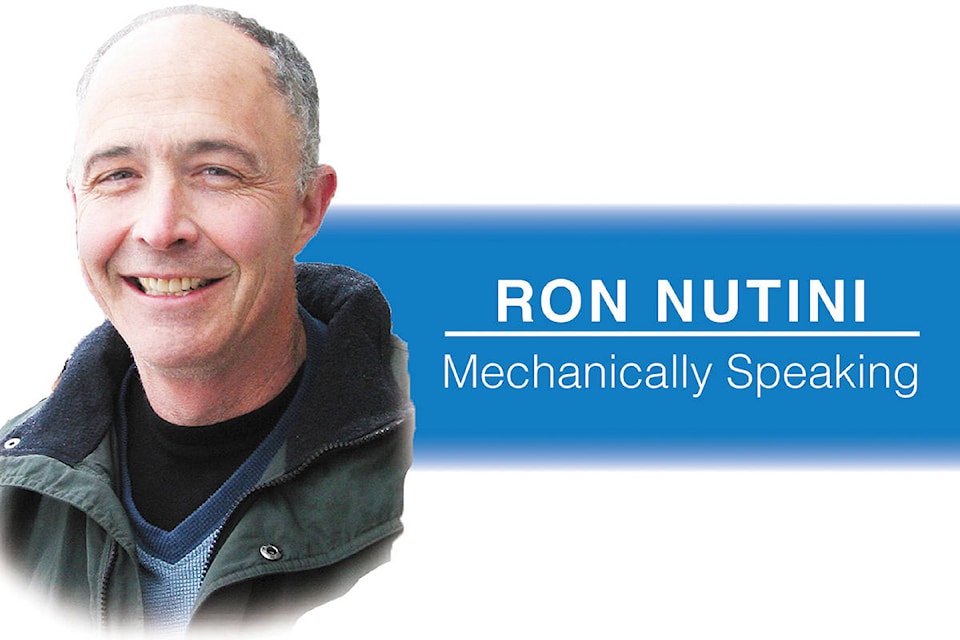Many of you now drive vehicles that tell you when it is time to change the oil. The common name of these systems is Oil Life Monitor (OLM). The technology behind these systems is very different between one vehicle and the other. The level of sophistication spans from a dead simple mileage counting system to systems that have sensors that look at both oil level and composition and combine a bunch of math equations using times, temperatures, loads and engine speeds.
Most of the late model vehicles that have these systems use technology that is somewhere in between. They are definitely better than just a mileage countdown (my 2004 Honda Odyssey reminds me every 6000 kilometres to change my engine oil). The more typical modern system uses inputs from your vehicle’s various computers and sensors to calculate the life left in your oil.
These oil life monitors determine, from data collected when you drive your car, whether you are hard or easy on your engine oil. Short trips and cold temperatures are hard on engine oil. Long trips and moderate temperatures are easy on the engine oil. Mountainous driving (high engine loads) hard on the engine oil. Flat freeway cruising (low engine loads) easy on. You get the picture.
Nice driving conditions will extend your oil life and your vehicle won’t ask for an oil change for a seemingly long period of time. Only going to the grocery store a couple kilometres from home every day during winter months and your vehicle will be requesting fresh oil and a filter a lot sooner.
You can see how these systems will help you to better take care of your vehicle. Unfortunately, you may unknowingly reduce the accuracy of these oil life monitors. These systems do not actually test the oil in your vehicle nor do many of the systems measure the oil level. The data and calculations applied to the data to figure out when you need to change the engine oil and filter make some important assumptions. Number one is that you are using the proper engine oil for the application. Number two that you are using an engine oil filter equal in specifications to what the manufacturer recommends.
Unfortunately, you may not be buying from your auto parts retailer or getting from your service provider proper oil and filters. In many cases you only get what you pay for. The pressure to provide inexpensive oil changes or even free oil changes means many service providers skimp on the products they sell.
As your vehicle ages it becomes harder on your engine oil and I am not sure any oil life monitors take this into account. Older engines have more blowby. That is when the fuel air mixture explodes more of the explosion gases leak into the engine without being expelled out the exhaust. These gases contain acid and moisture that collects in and degrades your engine oil.
So when it comes to deciding when to change your engine oil and filter and what engine oil and filter to use I would suggest asking a service professional. I still peruse most owner’s manuals and the maintenance section usually has the same advice.
Trail’s Ron Nutini is a licensed automotive technician and graduate of mechanical engineering from UBC. E-mail: nutechauto@telus.net
